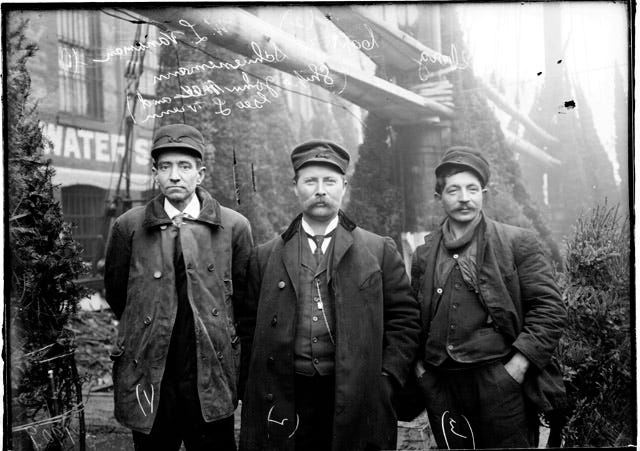Uncover Your Inner Sailor at Wisconsin Maritime Museum in Manitowoc

A Legacy of the Rouse Simmons
Long before I began my role at the Wisconsin Maritime Museum, I had always been fascinated by the Rouse Simmons. My interest in this ship started during my childhood when I was a member of the Wisconsin Marine Historical Society alongside my father and grandfather. I still remember listening to lectures by Kent Bellrichard, who shared stories about his dives on the Simmons after he discovered the famous wreck in 165 feet of water off Two Rivers in 1971.
As time passed, I came to appreciate the lessons that sailing, the sea, and navigation can teach us. The sea encourages us to step out of our comfort zones and explore new horizons. It also teaches us about learning from and being stewards of the people we work with and those who work for us. The leadership lessons found in the ocean are as varied and unique as each wave and wind that blows across the seas.
The Rouse Simmons: A Unique Schooner
The Rouse Simmons stood apart from most other schooners on the Great Lakes. Built in 1868 by Allan McClelland and Co. in Milwaukee, the vessel was already 42 years old when Schuenemann purchased his interest in it. By the year she met her fate in 1912, she was considered "past her prime" by maritime historians.
The Simmons had three masts and registered dimensions of 124.2 feet in length, 27.6 feet in breadth, and 10.1 feet in depth of hold. Unlike most lake-sailing vessels that typically had a single centerboard, the Simmons carried two centerboards. This design made her well-suited for Lake Michigan’s lumber trade. She was named after Rouse Simmons, a major financial backer whose family was a manufacturing power in Kenosha and the founder of the well-known Simmons Mattress Co.
Artifacts and Stories from the Rouse Simmons
Artifacts from the Rouse Simmons shipwreck are proudly displayed in the Wisconsin’s Shipwreck Coasts exhibit on the main level of the Wisconsin Maritime Museum. The display tells the story of Capt. Herman Schuenemann flying an American flag upside down to signal distress on the vessel on her fateful voyage. Graphics and artifacts on display also tell of the ship’s tradition of delivering Christmas trees to the city of Chicago, which earned her the affectionate nickname “Christmas Tree Ship.”
One of my favorite days since starting at WMM was the first time I got to see the Maritime Heritage Center. There, I was able to hold saws and other tools collected from the Simmons wreck during some of Bellrichard’s early dives. Witnessing these specific artifacts convinced me of the importance of completing the work on the Maritime Heritage Center, so that others could see these all-important artifacts.
Lessons from the Sea
While Capt. Schuenemann may not have been the best leader because he did not heed the weather warnings with an overladen cargo of trees, his commitment to the people he served in Chicago is admirable. His story, along with those of the 15 crew members who perished on November 12, 1912, can be learned by visiting the museum at 75 Maritime Drive, downtown Manitowoc.
An archival video interview in the Wisconsin’s Shipwreck Coasts exhibit allows visitors to hear Kent Bellrichard share his story of discovering the wreck. A ship model of the schooner Rouse Simmons shows how the ship was loaded with the trees that were to be delivered to Chicago before Christmas.
The sea and the people who have sailed the Great Lakes can teach life lessons and leadership lessons to people interested in learning them. You can discover your inner mariner by visiting the museum and spending time absorbing the information on display.
Your research can be enhanced by checking out our online collections or visiting us in person. The Archive Reading Room is open for research visits by appointment Monday-Friday and is subject to staff availability.
I’m looking forward to seeing you soon.
Post a Comment for "Uncover Your Inner Sailor at Wisconsin Maritime Museum in Manitowoc"
Post a Comment